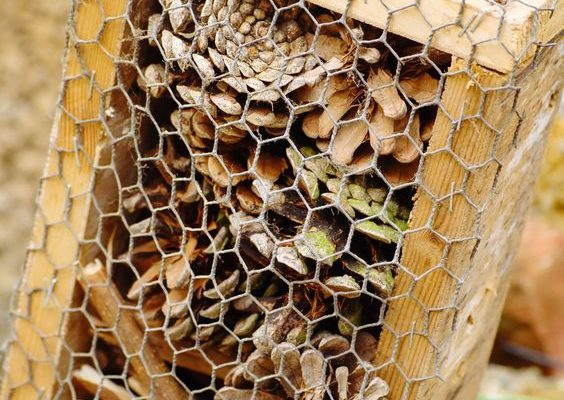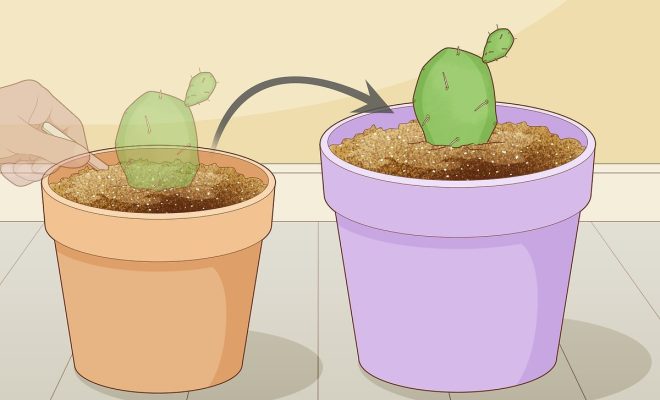3 Ways to Design a Habitat for a Ladybird

Introduction:
Ladybirds, also known as ladybugs, are not only attractive insects but also valuable assets for gardeners as they help to naturally control pests. Creating a thriving habitat for them is one way to maintain balance in your garden ecosystem. Here are three ways to design a habitat specifically tailored to these beneficial creatures.
1. Provide Adequate Shelter:
To encourage ladybirds to take up residence in your garden, it’s crucial to provide them with shelter. The ideal habitat should offer protection from natural predators, as well as provide safe spots for hibernation and egg-laying. Ladybirds favor vegetation such as tall grasses, shrubs, and trees and are particularly fond of fruits like cherries and raspberries. Create layers of such plants with varying heights to allow ladybirds to select their preferred nesting location.
2. Plant Flowering Plants with Nectar and Pollen:
Adult ladybirds primarily feed on aphids; however, they need other nutrients too, which can be sourced from various flowering plants. A variety of flowers will help maintain the ladybird population throughout the year by providing both pollen (a protein source) and nectar (a carbohydrate source). Ideal flowers include marigolds, cosmos, yarrow, dill, fennel, and cilantro – not only will these attract ladybirds but they will also benefit pollinators such as bees and butterflies.
3. Avoid Using Chemical Pesticides:
Chemical pesticides can inadvertently kill beneficial insects like ladybirds alongside their intended target pests. When designing your garden habitat for ladybirds, opt for organic pest control methods that have minimal impact on non-target organisms. Physical barriers like insect netting or alternative pest control techniques such as introducing predatory insects can be effective solutions without sacrificing the wellbeing of your local ladybird population.
Conclusion:
Designing a suitable habitat for ladybirds is an essential step in promoting their presence and benefiting from their natural pest control abilities. By incorporating the strategies mentioned above, you can create a garden oasis that not only attracts and supports these helpful insects but also contributes to a healthier, more balanced ecosystem.






